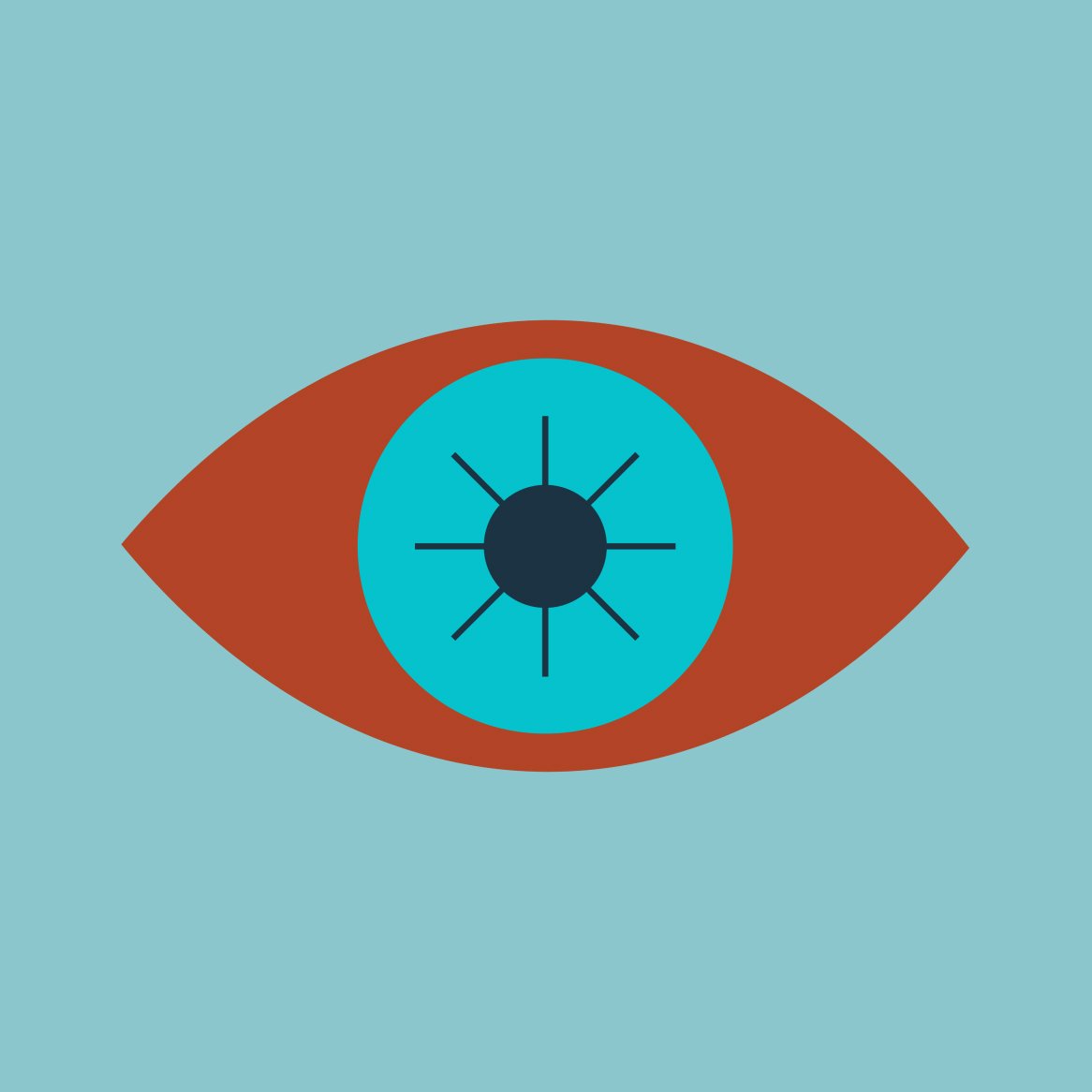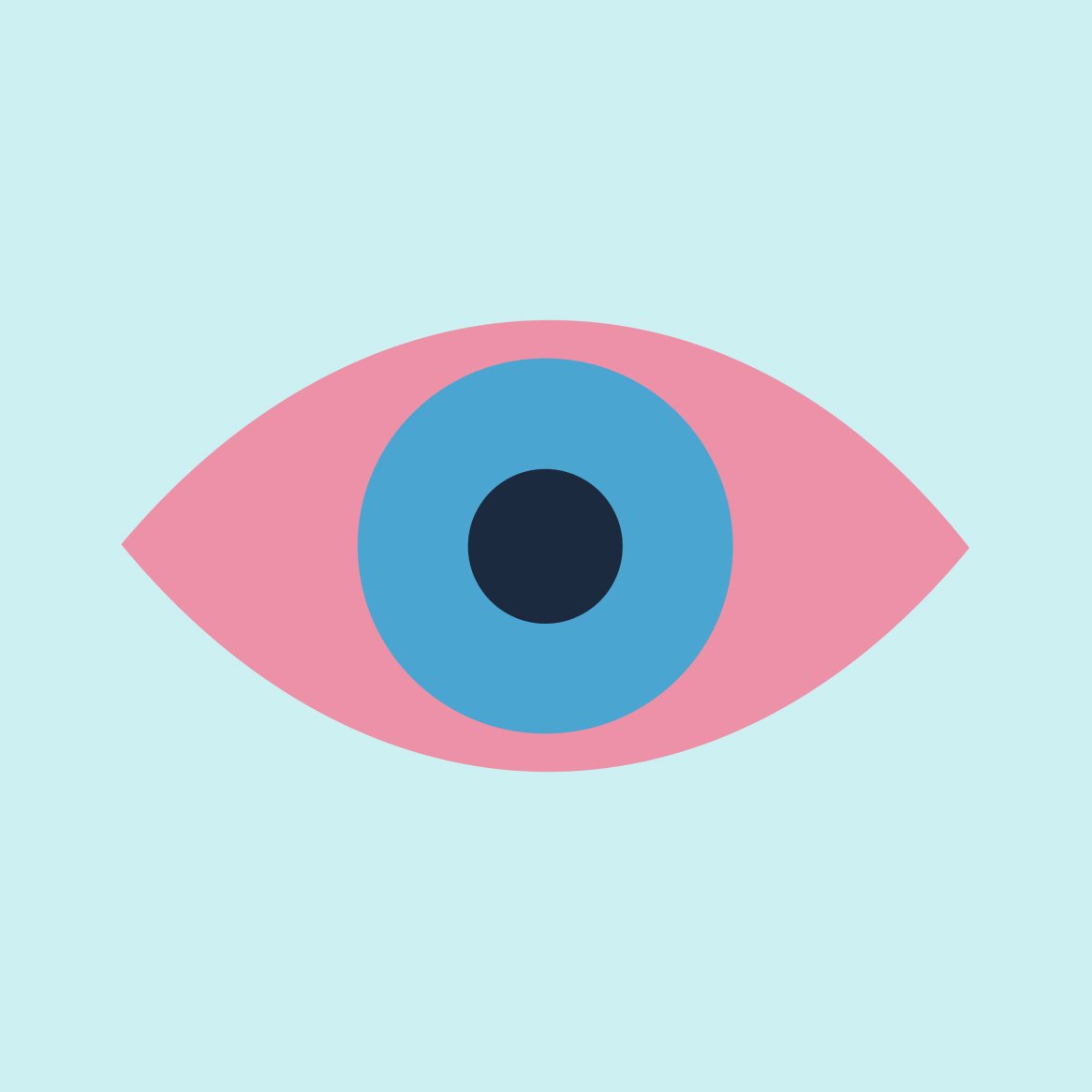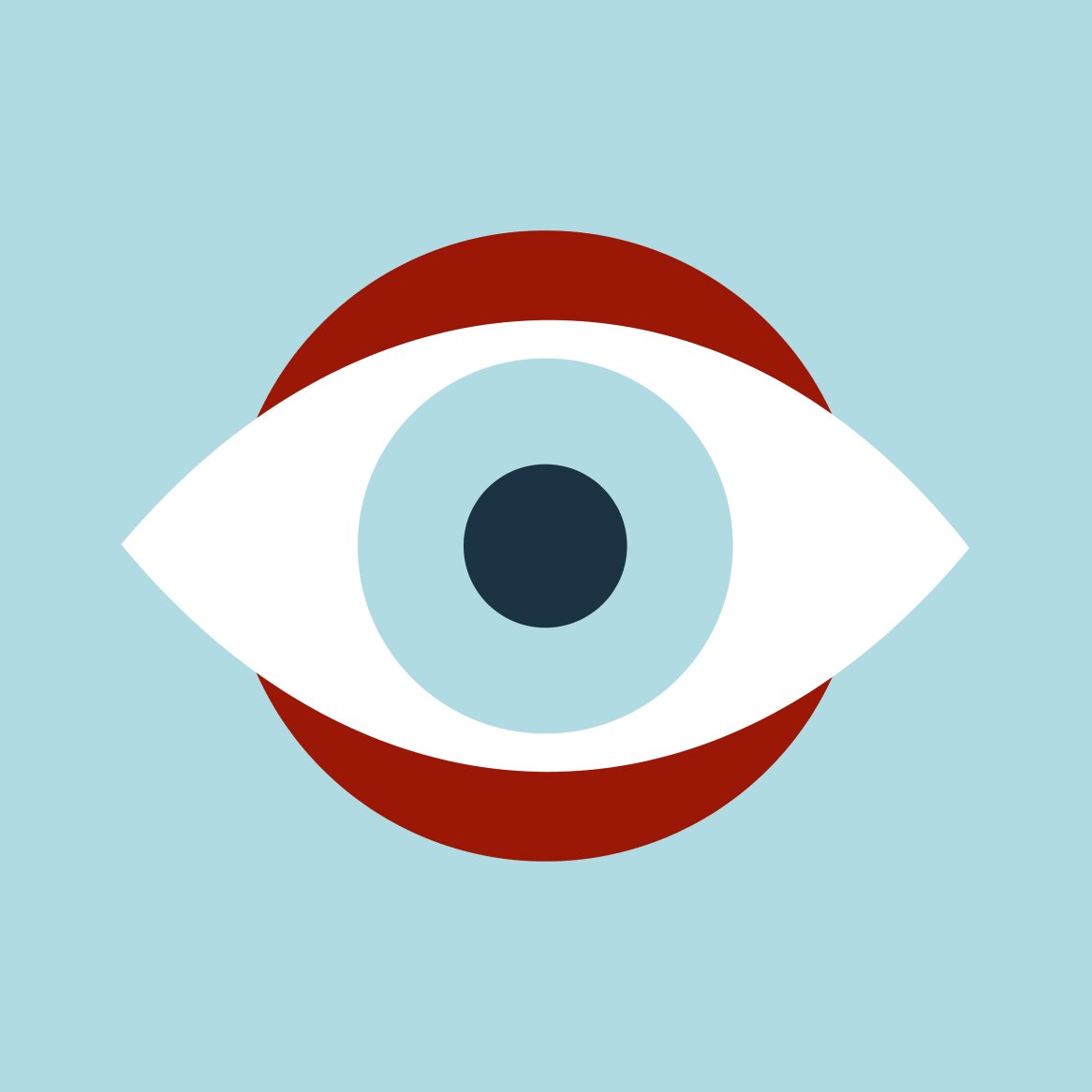Eye infections (or ocular infections, as doctors may sometimes call them) can be common. But here’s something you might not know: There are many different types of eye infections. And symptoms and treatments can vary widely depending on the type of infection you have.
So, how do you know what to do for an eye infection? That answer is simple—visit your eye doctor! When it comes to your eye health, it’s always best to leave diagnosis and treatment planning to the experts. Although some eye infections may be mild and heal on their own, others can be serious and may damage your vision if not promptly and properly treated.
With that said, we’ve compiled this handy guide to provide you with general information about some of the more common types of eye infections. We’ll cover all the bases, from causes and symptoms to treatment and prevention tips.
What Causes Eye Infections?
So, how do you get an eye infection in the first place?
An eye infection can be caused when harmful microorganisms get into the eye. A bacterial eye infection, for instance, occurs when bacteria enter the eye. Eye infections can also be viral (caused by viruses), fungal (caused by fungi), or parasitic (caused by parasites).
Here are some examples of how these microorganisms might enter the eye:
- Eye injury
- Improper contact lens care
- Poor eye or eyelid hygiene
- Recent illness
- Sharing personal care items, like makeup, eye drops, or washcloths, with an infected person
- Eye surgery
Types of Eye Infections
Eye infections can occur in any part of the eye. They can happen suddenly (known as “acute”), or they can develop slowly and last indefinitely (known as a “chronic eye infection”).
Let’s take a closer look at some of the more common eye infections.
Conjunctivitis (Pink Eye)
Conjunctivitis (or pink eye) is inflammation of the conjunctiva (the clear mucous membrane that covers the eye). Infectious conjunctivitis is most commonly a viral eye infection, but it can also be bacterial. It’s also possible for allergies or irritants to cause conjunctivitis (but in those cases, it’s not a contagious infection).
Stye
A stye is a type of eyelid infection—specifically, it’s an infection of an oil gland in the eyelid. The infected oil gland causes a swollen bump to form on the edge of the eyelid or under its surface. Styes are most commonly caused by staphylococcal bacteria (a “staph infection”).
Blepharitis
Blepharitis is a common eye condition affecting the eyelids. It can cause dandruff-like flakes or crust to form at the base of the eyelashes. This condition can be caused by clogged oil glands, excessive bacteria on the eyelids, or even microscopic mites that live in the eyelash follicles. (Don’t worry about the mites—we all have them! Some people just have more.)
Blepharitis isn’t contagious, but it can be uncomfortable and is often a chronic condition.
Keratitis
Keratitis is inflammation or infection of the cornea. When keratitis is infectious, it can be bacterial, viral, fungal, or parasitic.
This type of eye infection is often associated with contact lens wear. Microbial keratitis can occur when contact lenses aren’t worn or cared for properly.
Uveitis
Uveitis is inflammation of the uvea—the middle layer of the eye. The uvea includes the iris (the colored ring around the pupil), the ciliary body (which helps the lens to focus), and the choroid (tissue that connects the retina to the sclera).
Infectious uveitis can be viral, bacterial, fungal, or parasitic. Uveitis can sometimes be a chronic eye infection (meaning it can last long term) and may be a result of a systemic condition.
Cellulitis
Cellulitis is usually a bacterial eye infection, but it can also be fungal (this is rare and usually occurs in immunocompromised patients). Two types of cellulitis can affect the eyes: preseptal cellulitis and orbital cellulitis. Preseptal cellulitis is an eyelid infection, whereas orbital cellulitis affects the orbit (eye socket). Orbital cellulitis is a serious condition that requires immediate medical attention.
Endophthalmitis
Endophthalmitis is an infection in the tissues or fluids inside the eye. The most common cause of endophthalmitis is bacterial infection following cataract surgery. Infectious endophthalmitis can also be caused by fungi.
Eye Infection Symptoms
Signs of an eye infection will vary depending on what type the infection is and how severe it is. But generally speaking, here are some indicators to watch for.
What Does an Eye Infection Feel Like?
An eye infection can make your eye or eyelid feel:
- Irritated or uncomfortable
- Watery or teary
- Sore or tender to the touch
- Itchy
- Gritty (like something’s in your eye)
- Burning
- Sensitive to light
What Does an Eye Infection Look Like?
If you have an eye infection, you might see:
- A pink color in the “white” of your eye
- Crust or flakiness on your eyelashes and eyelids
- Swollen or red eyelids
- Yellow, green, or clear discharge
Anytime you experience eye symptoms—especially if your vision is impacted—don’t hesitate to make an appointment with your eye doctor.
Eye Infection Treatment
There’s no one, single solution for treating an eye infection. Treatment will vary widely depending on the type of infection and its severity.
Some types of eye infections may respond well to home remedies like compresses or eye drops, but others may require antibiotics or prescription medications. It’s important to consult with your eye doctor to ensure that you’re following the best treatment for your specific situation.
How To Prevent an Eye Infection
Your best line of defense in preventing eye infections (and disease in general) is frequent, thorough handwashing. And, of course, try to avoid rubbing or touching your eyes with your hands—especially if your eyes are itchy or watery.
If you’re a contact lens wearer, it’s important to always follow all guidelines from your eye doctor for proper use. Here are some tips to keep in mind.
The Dos:
The Don’ts:
How To Prevent an Eye Infection From Spreading
If you have an eye infection, here are some tips to prevent it from spreading to your other eye or to other people:
- Avoid rubbing or touching your eyes.
- Don’t share items that may touch your eyes, like eye drops or washcloths.
- Don’t wear contact lenses until your eye doctor gives you the green light to do so.
- Keep bedding, pillowcases, and towels clean.
- Throw away any items that may have been contaminated while your eye was infected (such as makeup, makeup brushes, or eye drop bottles).
- Wash your hands frequently and especially if you touch your eye(s).
Good Advice and Prevention Tips Are Infectious
The bottom line is that if you’re worried you might have an eye infection, see your eye doctor right away. Even though some common eye infections are mild and can be treated at home, others can be a very serious threat to your vision. When it comes to your eye health, it’s always better to err on the side of caution and have an expert take a look.






